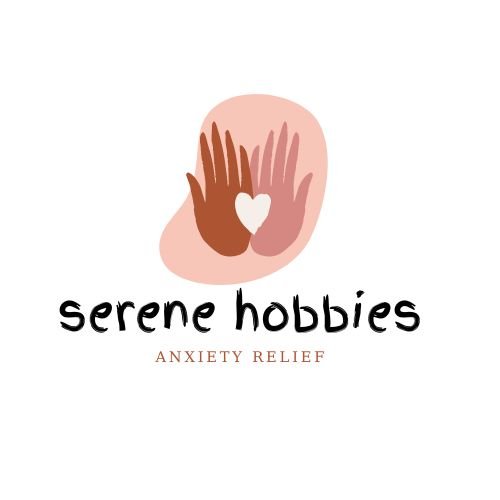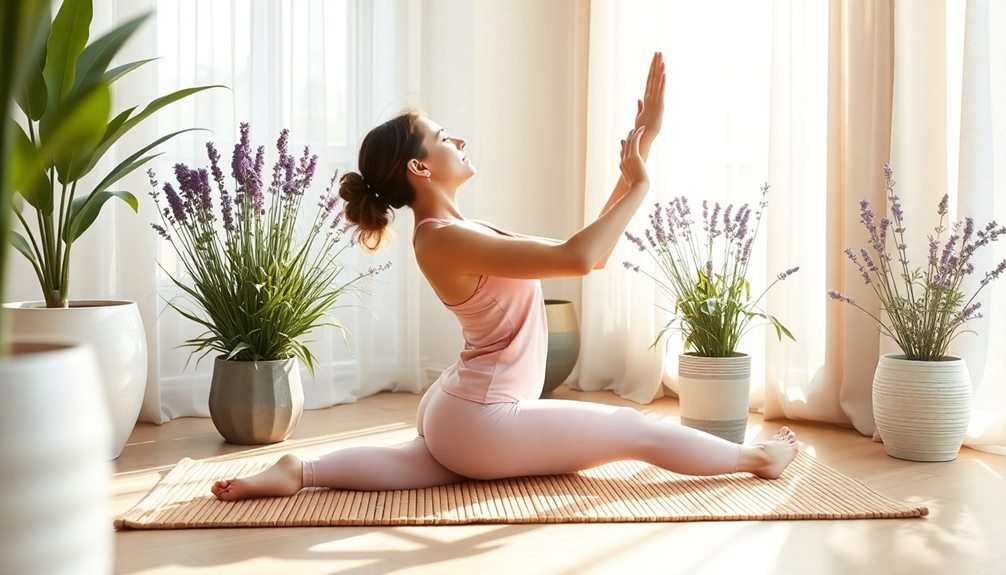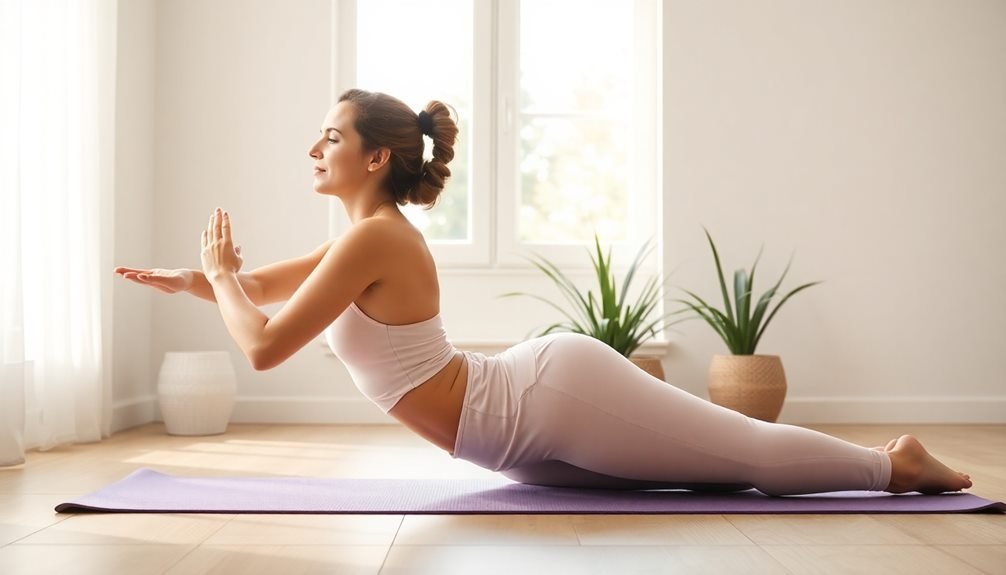Sculpting offers three powerful ways to calm your anxious mind. First, focus on tactile sensations as you manipulate clay, grounding yourself in the present moment through texture and temperature. Second, express your emotions through form, allowing complex feelings to take shape in abstract or representational sculptures. Finally, embrace imperfection and impermanence, learning to accept flaws and let go of expectations. The repetitive motions and sensory engagement of sculpting can induce a meditative state, redirecting your focus from worries to creativity. By exploring these techniques, you'll discover a unique blend of art therapy and mindfulness practice to soothe your anxiety.
Focus on Tactile Sensations

Feeling the clay between your fingers can be a powerful grounding technique for anxiety relief. As you manipulate the material, your focus shifts to the present moment, drawing attention away from anxious thoughts. The tactile sensations of sculpting engage your sense of touch, creating a direct connection between your mind and hands.
You'll notice the temperature, texture, and malleability of the clay as you work. Cold clay warms up in your hands, smooth surfaces become textured, and rigid forms soften with pressure. These sensory experiences anchor you in the physical world, reducing the mental chatter that often accompanies anxiety.
As you knead, roll, and shape the clay, you're not just creating art; you're also stimulating nerve endings in your fingertips. This sensory input sends calming signals to your brain, potentially lowering stress hormones like cortisol.
The repetitive motions involved in sculpting can induce a meditative state, further easing anxiety.
Express Emotions Through Form
Sculpting offers a unique avenue for emotional expression. As you shape clay or carve stone, you're not just creating art; you're giving form to your inner world. This process allows you to externalize complex feelings that might be difficult to verbalize.
When you're anxious, you can channel that energy into creating jagged, rough textures or tight, compact shapes. Conversely, as you work through your anxiety, you might find yourself smoothing surfaces or opening up your sculptures. The physical act of molding material becomes a metaphor for reshaping your emotional state.
You don't need to be an expert to benefit from this practice. Abstract forms can be just as therapeutic as representational ones. The key is to let your hands move intuitively, guided by your emotions rather than a preconceived idea of what the final product should look like.
As you sculpt, you're not just expressing emotions; you're also processing them. The tactile engagement with your creation can help you gain new perspectives on your anxiety, potentially leading to insights and a sense of resolution.
Embrace Imperfection and Impermanence

Perfection often fuels anxiety, but sculpting can teach you to let go of this harmful expectation. As you work with clay or other materials, you'll quickly realize that imperfections are an inherent part of the creative process. Embrace these "flaws" as unique characteristics that give your sculpture personality and depth.
When you're sculpting, focus on the journey rather than the end result. Allow yourself to experiment, make mistakes, and learn from them. This mindset shift can help reduce anxiety by removing the pressure to create something flawless.
Consider exploring ephemeral sculpting techniques, such as sand art or ice sculptures. These temporary creations remind you that nothing lasts forever, including your anxious thoughts. By accepting impermanence, you'll develop a more balanced perspective on life's challenges.
Practice mindfulness while sculpting by paying attention to the texture, temperature, and malleability of your materials. This sensory focus can ground you in the present moment, easing anxiety about the future or past.
Frequently Asked Questions
What Types of Clay Are Best for Beginners in Sculpting?
You'll find polymer clay ideal for beginners. It's soft, pliable, and doesn't dry out. Air-dry clay is another great option. It's easy to work with and doesn't require baking. Both types offer versatility and forgiving textures.
How Can I Set up an Affordable Home Sculpting Studio?
You can set up an affordable home sculpting studio by designating a corner of a room. Get a sturdy table, basic tools, and clay. Use plastic sheeting for easy cleanup. Start small and expand as you progress.
Are There Any Safety Precautions to Consider When Sculpting?
When sculpting, you'll need to prioritize safety. Wear protective gear like goggles and gloves. Confirm proper ventilation, especially with toxic materials. Keep tools sharp but safely stored. Always follow manufacturer's guidelines for handling and disposing of materials.
Can Sculpting Help With Other Mental Health Issues Besides Anxiety?
You'll find sculpting can benefit various mental health conditions. It's not just for anxiety. You can use it to manage depression, PTSD, and stress. It'll boost your self-esteem, improve focus, and provide a creative outlet for emotions.
How Long Does It Typically Take to See Anxiety-Reducing Benefits From Sculpting?
You'll likely notice anxiety-reducing benefits from sculpting within a few sessions. However, it's different for everyone. You might feel immediate relief during the activity, but long-term effects could take weeks or months of regular practice.
In Summary
You've discovered three powerful ways sculpting can soothe your anxious mind. By focusing on tactile sensations, you're grounding yourself in the present moment. As you express emotions through form, you're releasing pent-up feelings in a healthy, creative way. Embracing imperfection and impermanence teaches you to let go of control and accept life's uncertainties. So, pick up some clay, let your hands guide you, and watch as your anxiety melts away with each mindful touch.





Leave a Reply